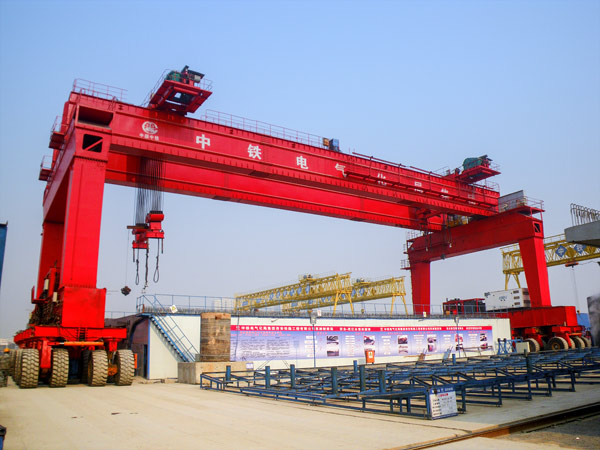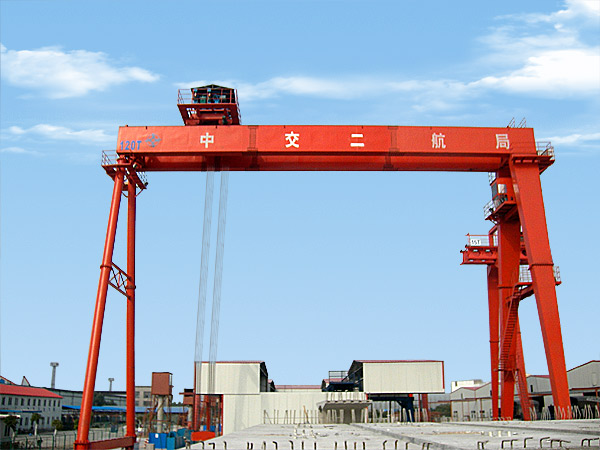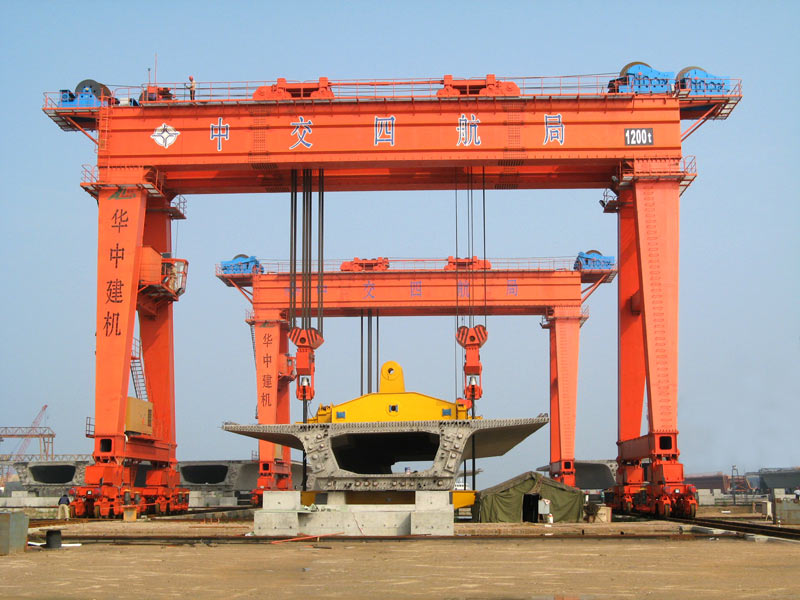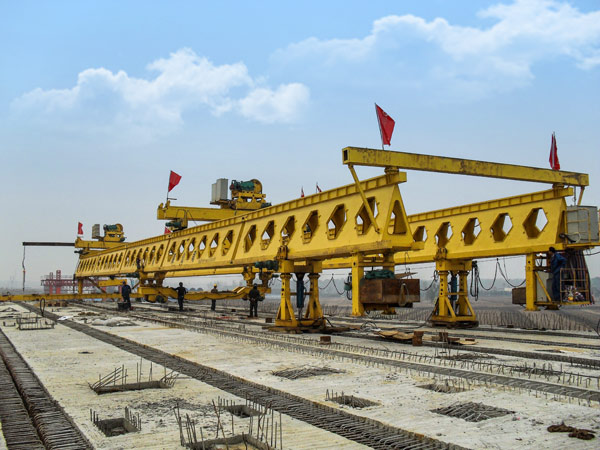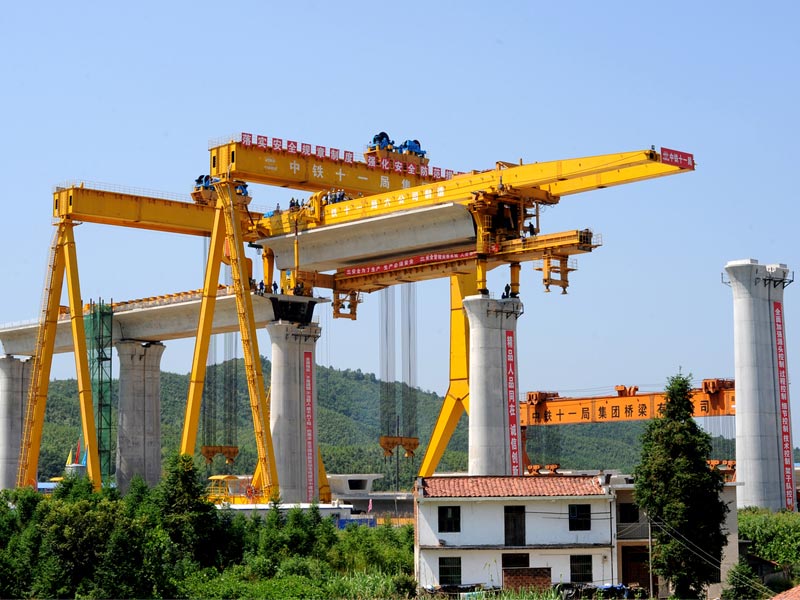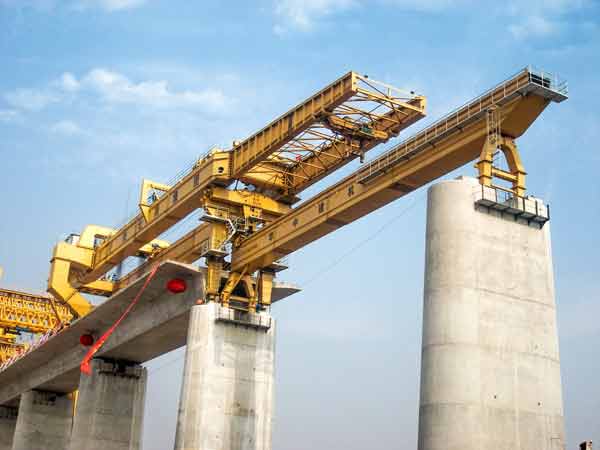The safety operation procedures of RTG crane
The RTG crane belongs to the heavy-duty lifting equipment. All the national safety procedures and mandatory requirements relevant with the lifting machinery are applicable to the facility.
1, The operation safety requirements of RTG crane
Check all the slings and pulleys and make sure that if they are appropriate and in good condition; in particular, inspect that if there are positions like breaks, leveled, off strand and lacking oil. Ensure that the lifting device is in the perpendicular position of the center point of the hoisted object before lifting and in the traveling process. Ensure that the hoisted objects are connected properly and maintain balance. Prior to lifting, it’s essential to remove all anchor linking and other connection devices with the hoisted objects and confirm that the hoisted object is suspended in a right way. During lifting and traveling, ensure that the rail is not obstructed. Avoid changing the command quickly while receiving a variety of instruction signals. Take the slow speed while the machine is close to the hoisted object and positioning. If any function error is found (error state, potential damage, incorrect movement, much noise and so on), report to the responsible person immediately. The person in charge decides that whether to issue an immediate stop operation according to the actual situation.
Before starting to work, the operator must check the emergency brake and limit switches, also making a record.
Before working, after working and in the working process, strictly comply with safety, as well as on the overall safety and accident prevention precautions and warnings. Any negligence (including neglect of precautions and warnings) may result in serious accidents.
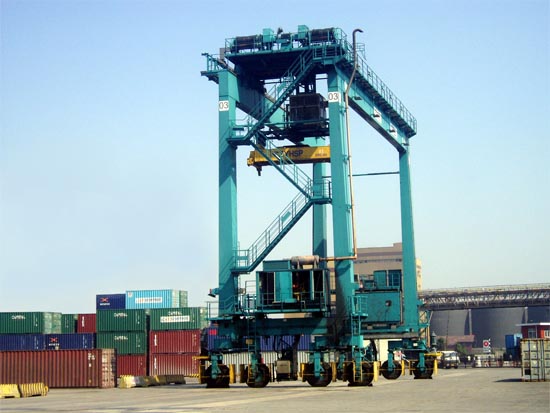
Prohibit tampering or misusing any safety device.
Before operation, the operator must ensure that he can strictly abide by all safety standards and the machine is in the proper operating condition.
When the machine is shutdown (either the normal end, security reasons, emergency condition or downtime), the supervisor and safety staff should check that whether the other staff has executed all the routine security measures.
All the cooling devices such as the fans, can not always be turned off (covered or bonded).
(2)The general provisions of RTG crane safety regulation procedures
2.1 The crew must pass the examination and achieve the relevant certifications, operation without a license is strictly prohibited.
2.2 The crew must carry the physical examination and do the professional operating technology training. Also be familiar with the relevant operation essentials and all the safety precautions.
2.3 The crew must strictly enforce all the security measures not only in the operation process but also before and after working. Issue a safety warning signal to other colleague during working and pat attention to the answering signal from other colleagues.
2.4 The crew must be focus on the job in the process of working. Prohibit reading, eating food, frolic, absence from duty and other unrelated things.
2.5 Forbid alcohol before starting working.
2.6 The crew members must wear overalls and safety helmets. Wear safety belt and non-slip shoe in high-altitude operation. Take measures of keep warm and antifreeze in winter construction.
2.7 The crew must have a hand command, unified command signal. The assignment of jobs should be clear to maintain coherence.
2.8 The working area is only for the personnel. Prohibit throwing objects down from the top of the main girder.
2.9 Ban modifying the electronic control procedures for lifting. The arbitrary changes or adjustments to the safety equipment should be prohibited.
2.10 Forbid randomly doing the maintenance on the equipment going against the specification requirements and modifying the parts capacity.
2.11 Prohibit using the RTG crane under the inappropriate weather. Stop operating when the wind force has reached grade 6 and take some protective measures.
2.12 Prohibit operating the machine in the bad lighting condition and low visibility.
2.13 Comply with the instructions of the assembly, operations and maintenance manual.
2.14 For the important safety devices such as the spreader, steel rope, winch brake and rope, limit switches, guard rails, safety nets, someone should be arranged to monitor them in the operation process and fill the reporting forms periodically.
2.15 Prohibit dragging, traction and flipping the heavy objects with the RTG crane.
2.16 Forbid lifting the objects with RTG crane connecting with the ground.
2.17 Prohibit hoisting the objects with the steel rope directly.
2.18 Do not leave the spreader on the ground or the surface of the lifted objects.


